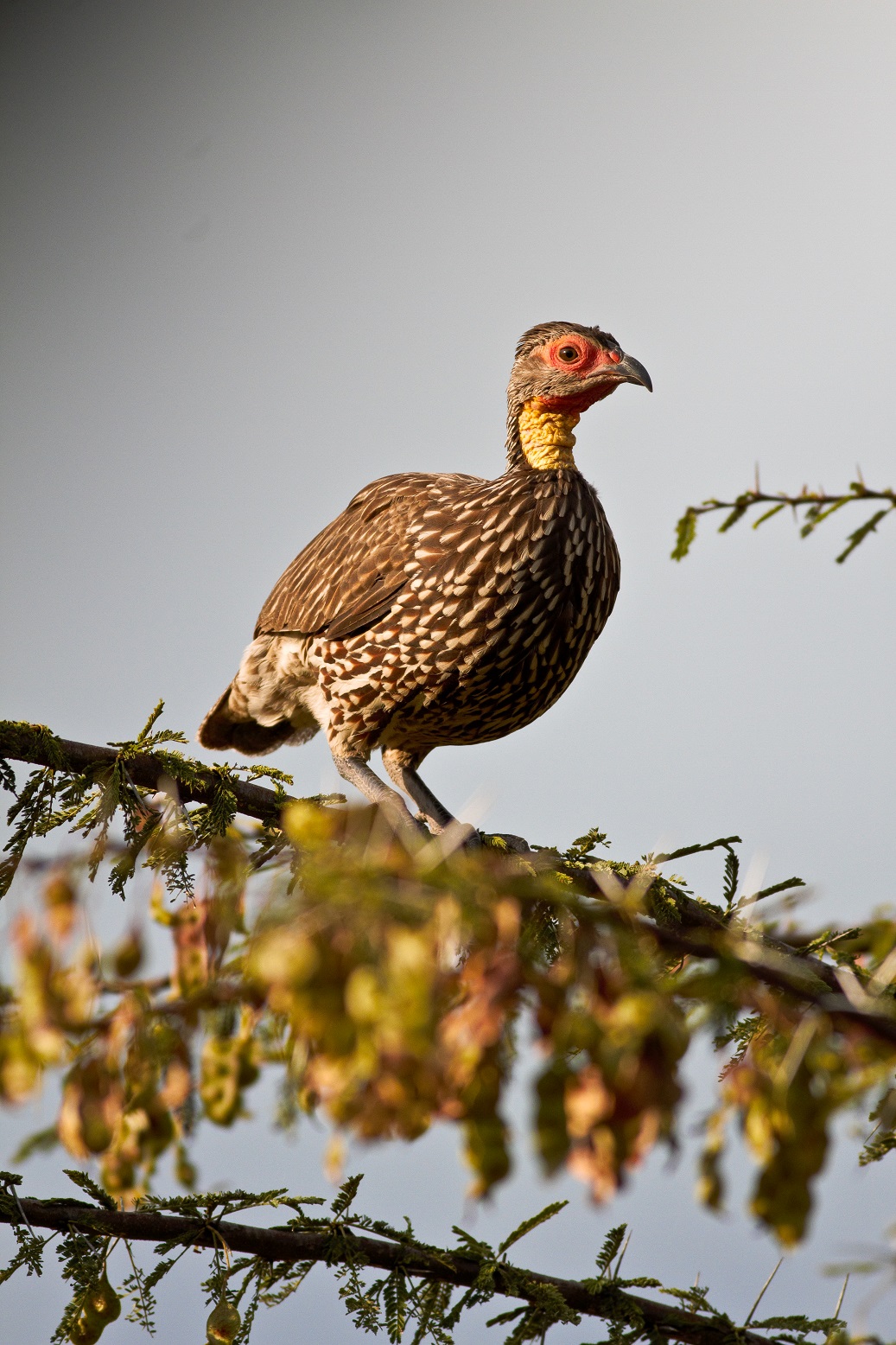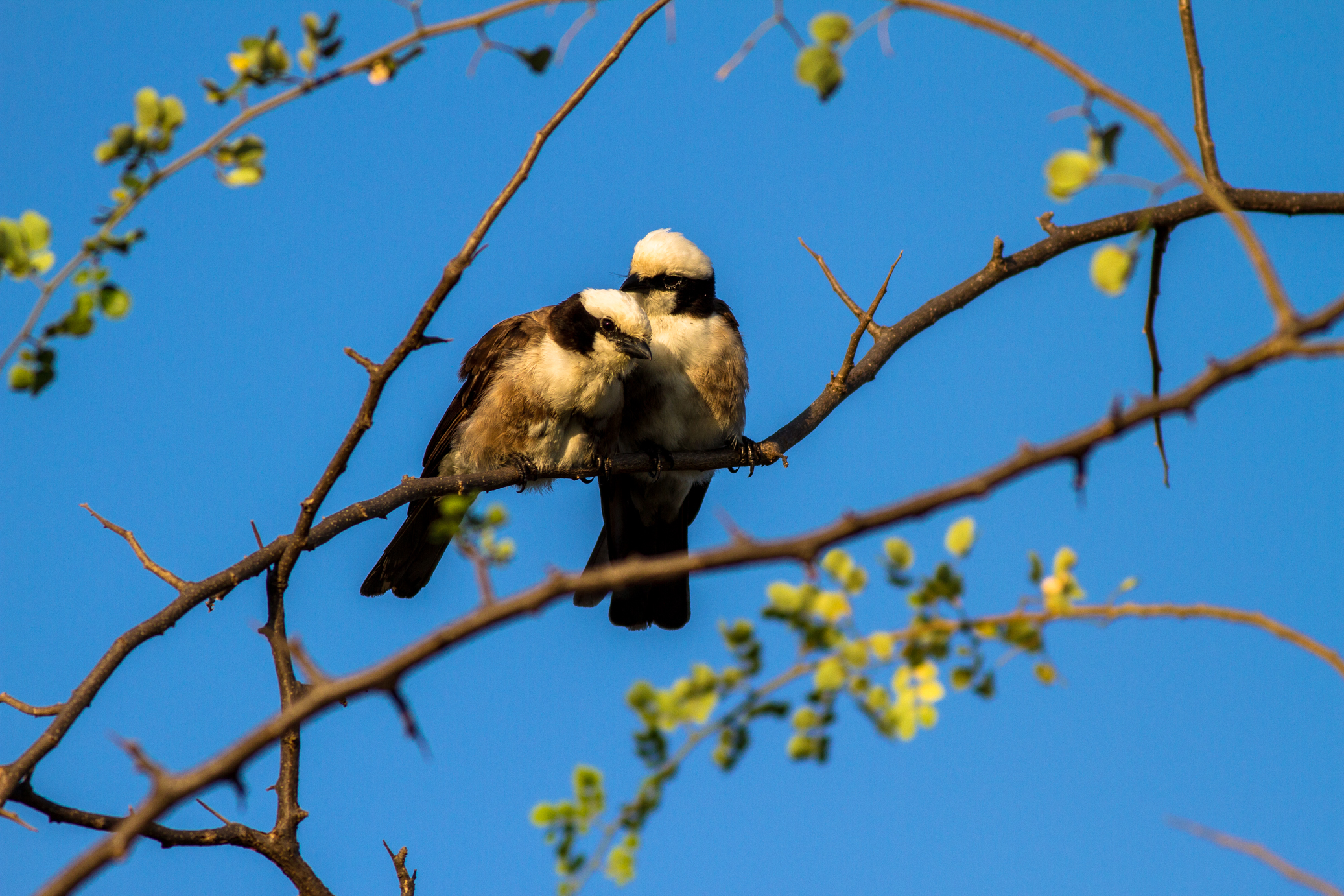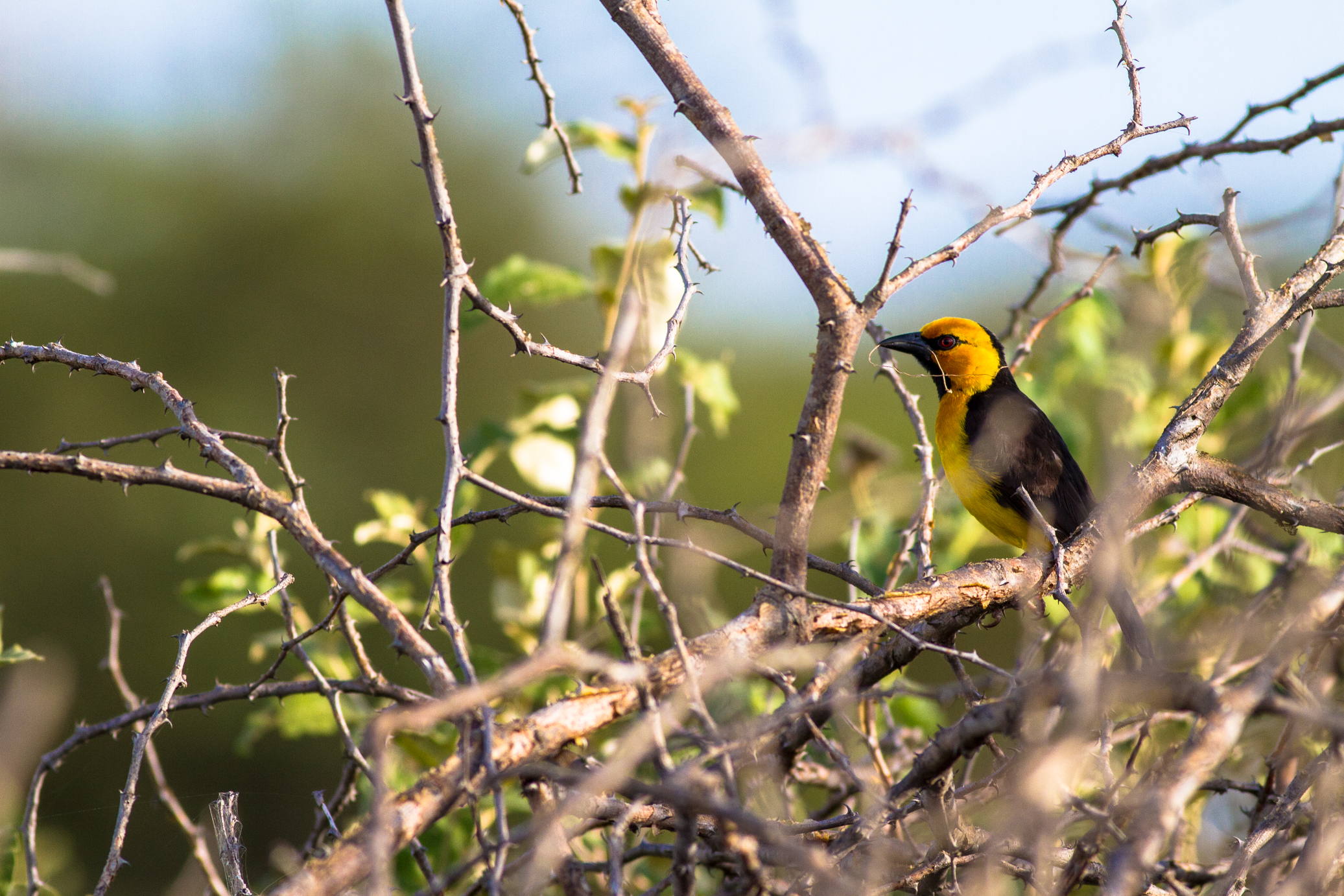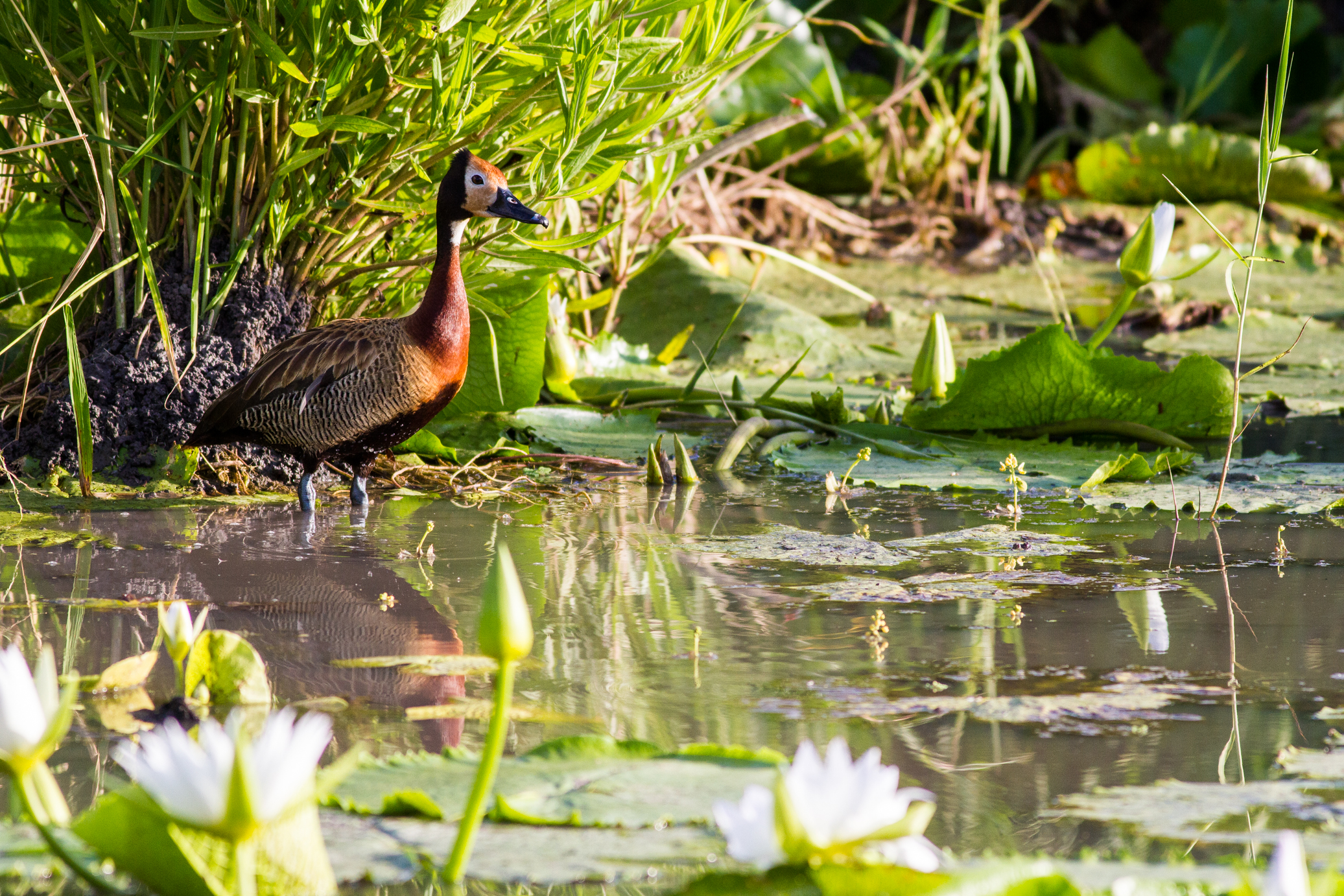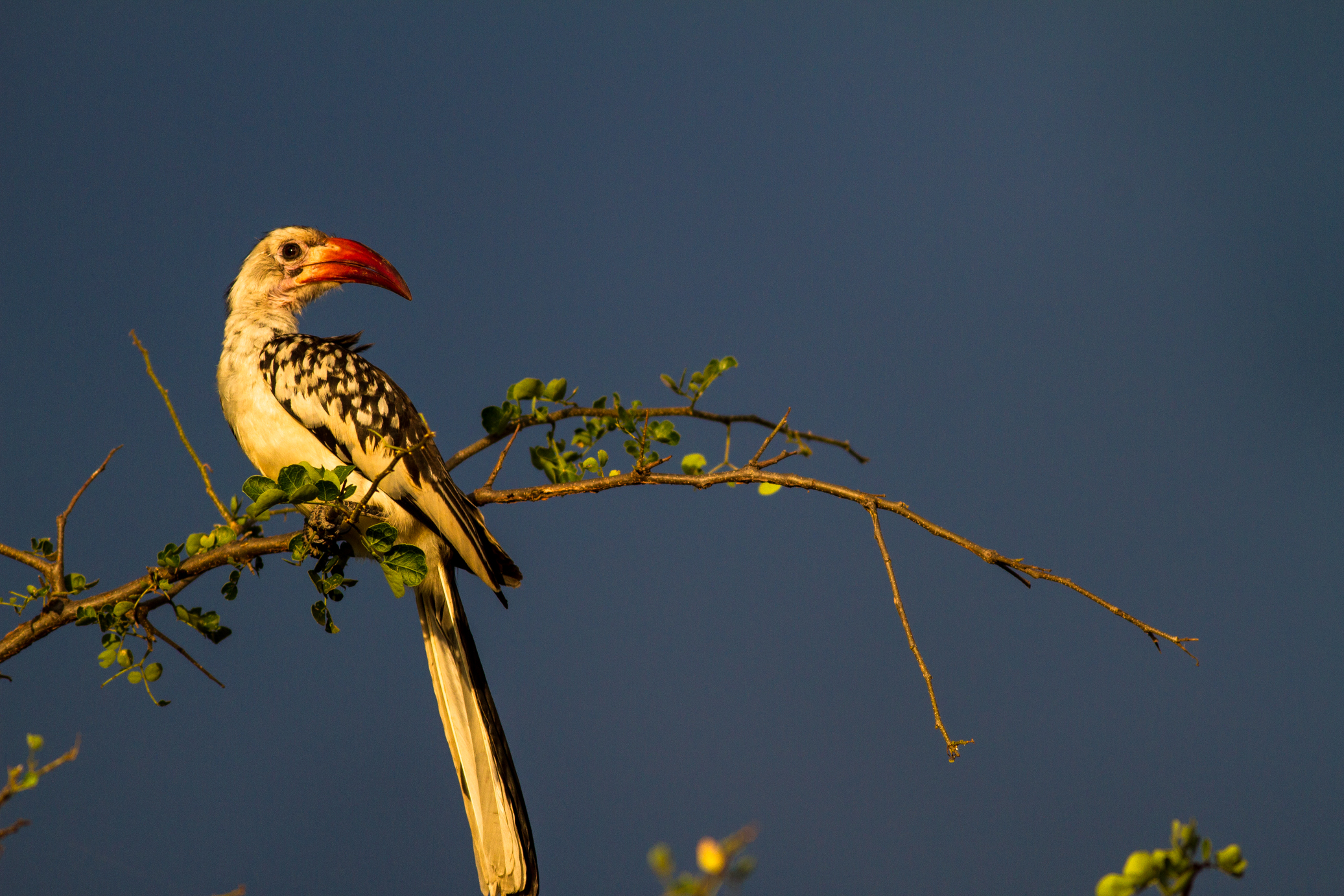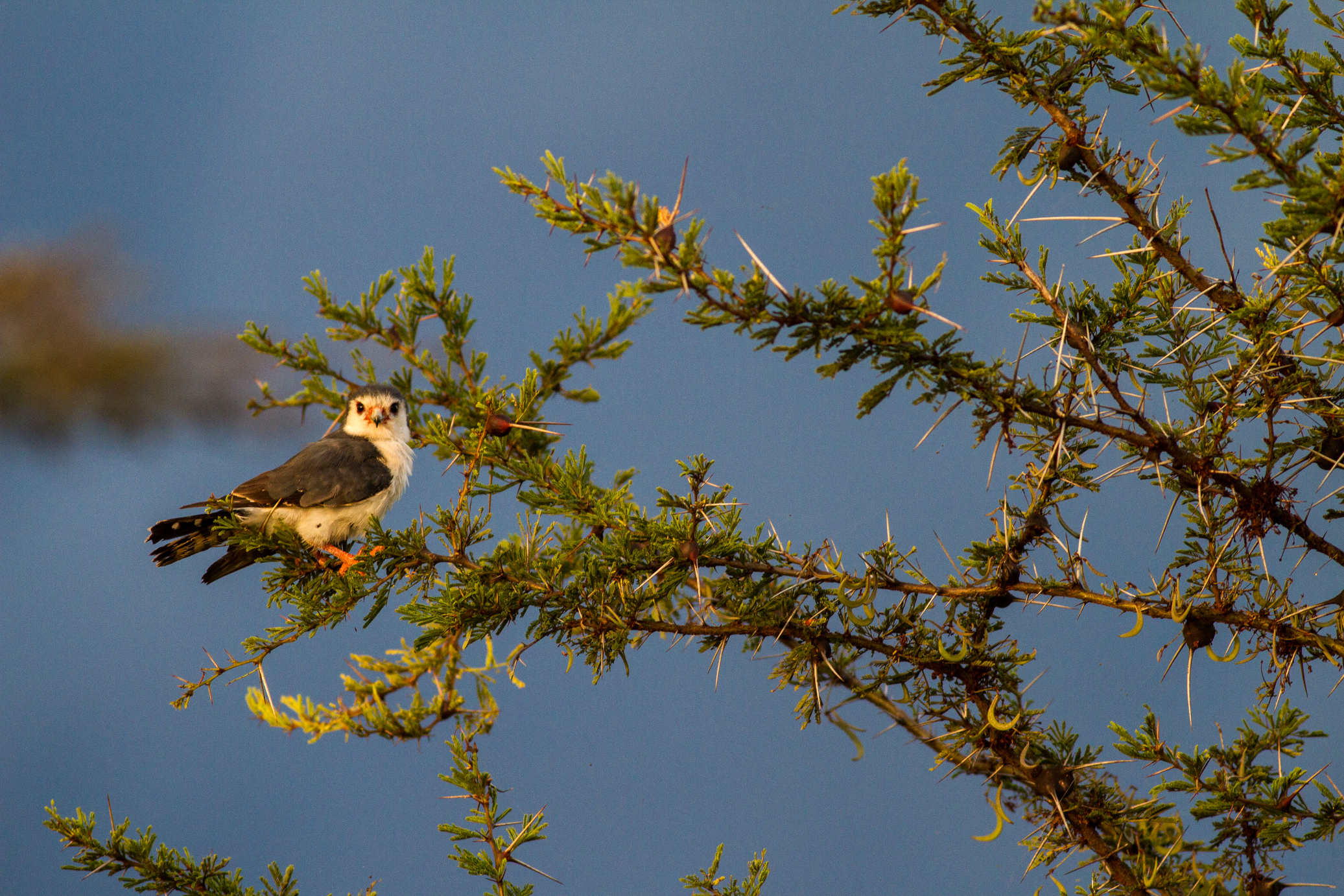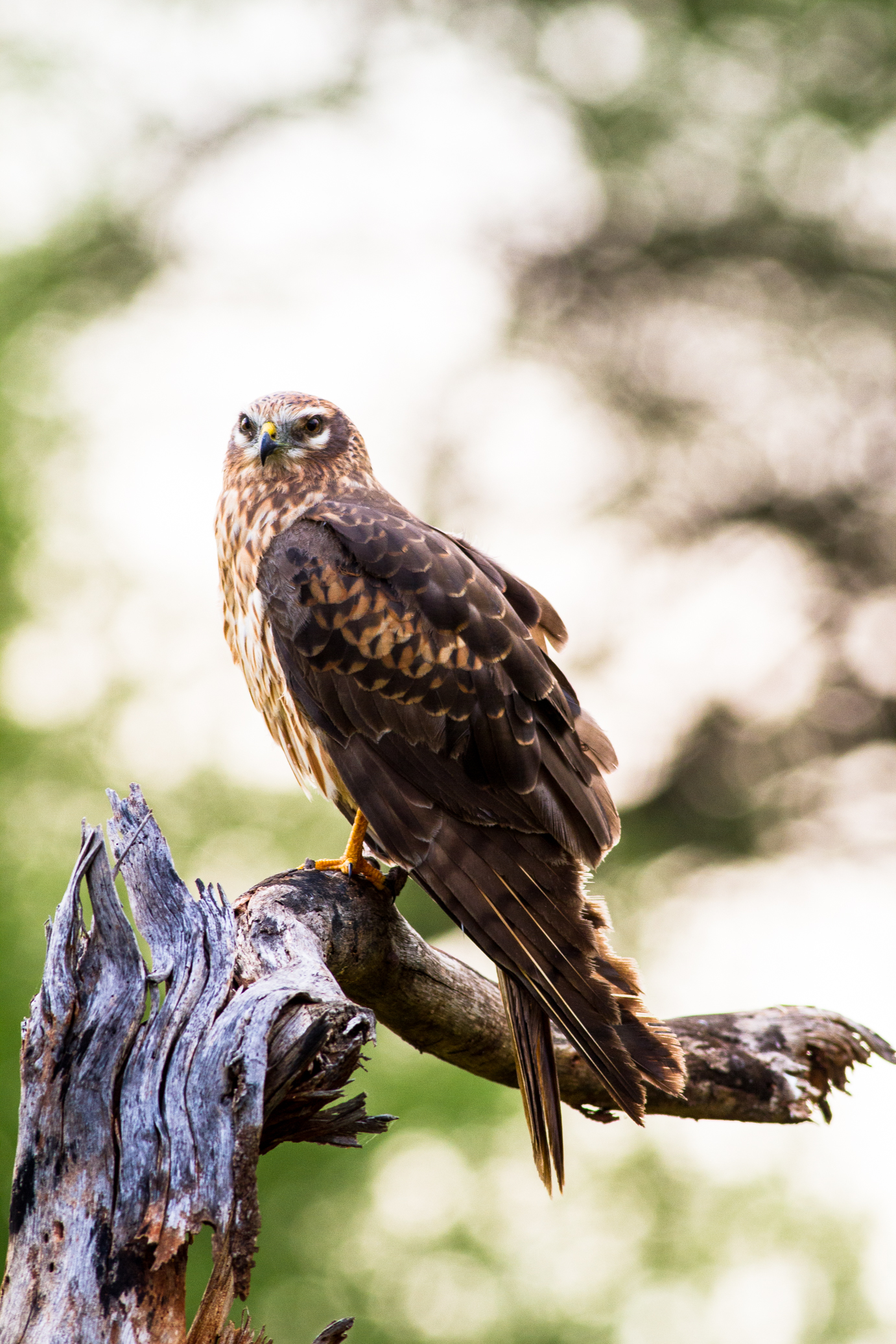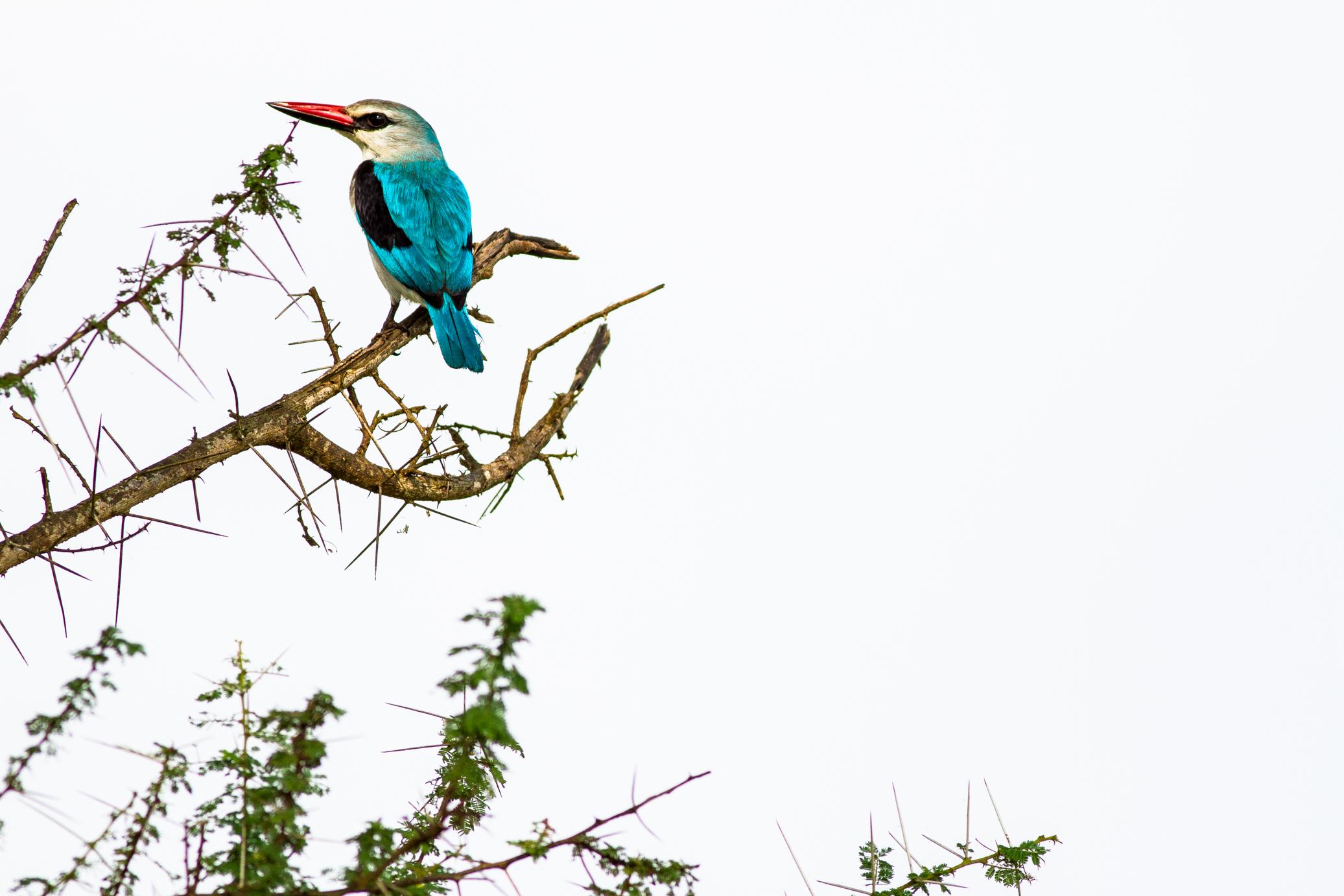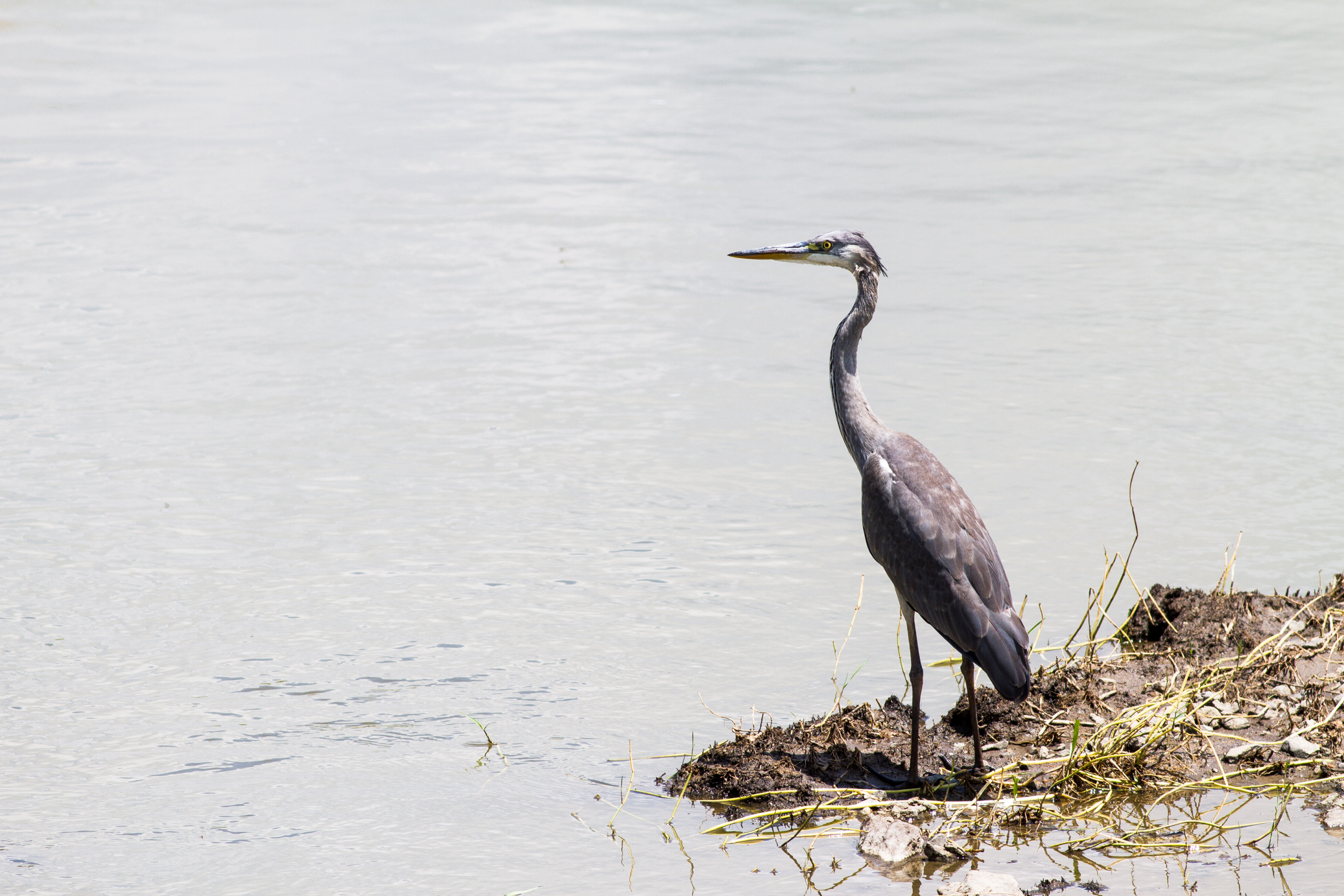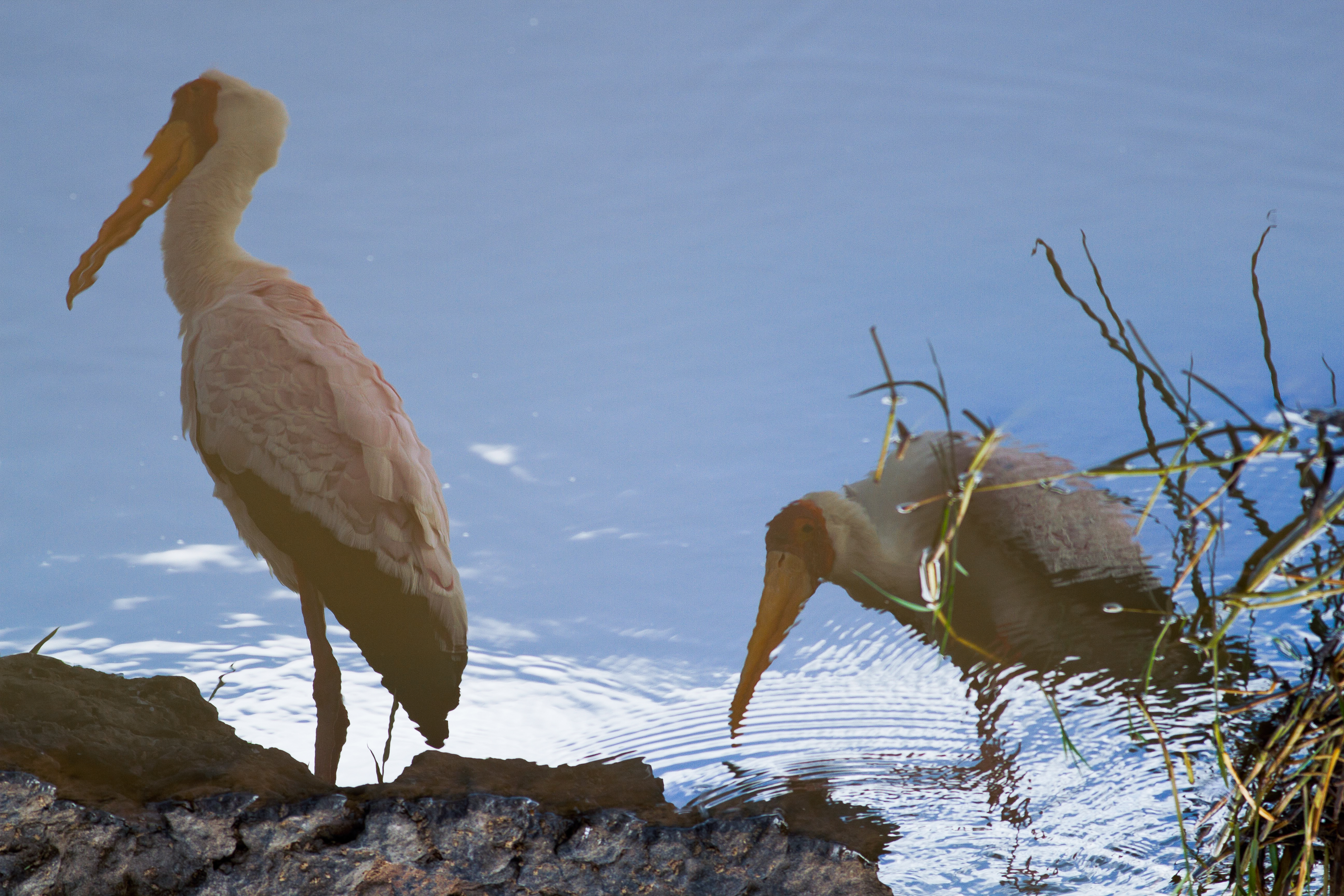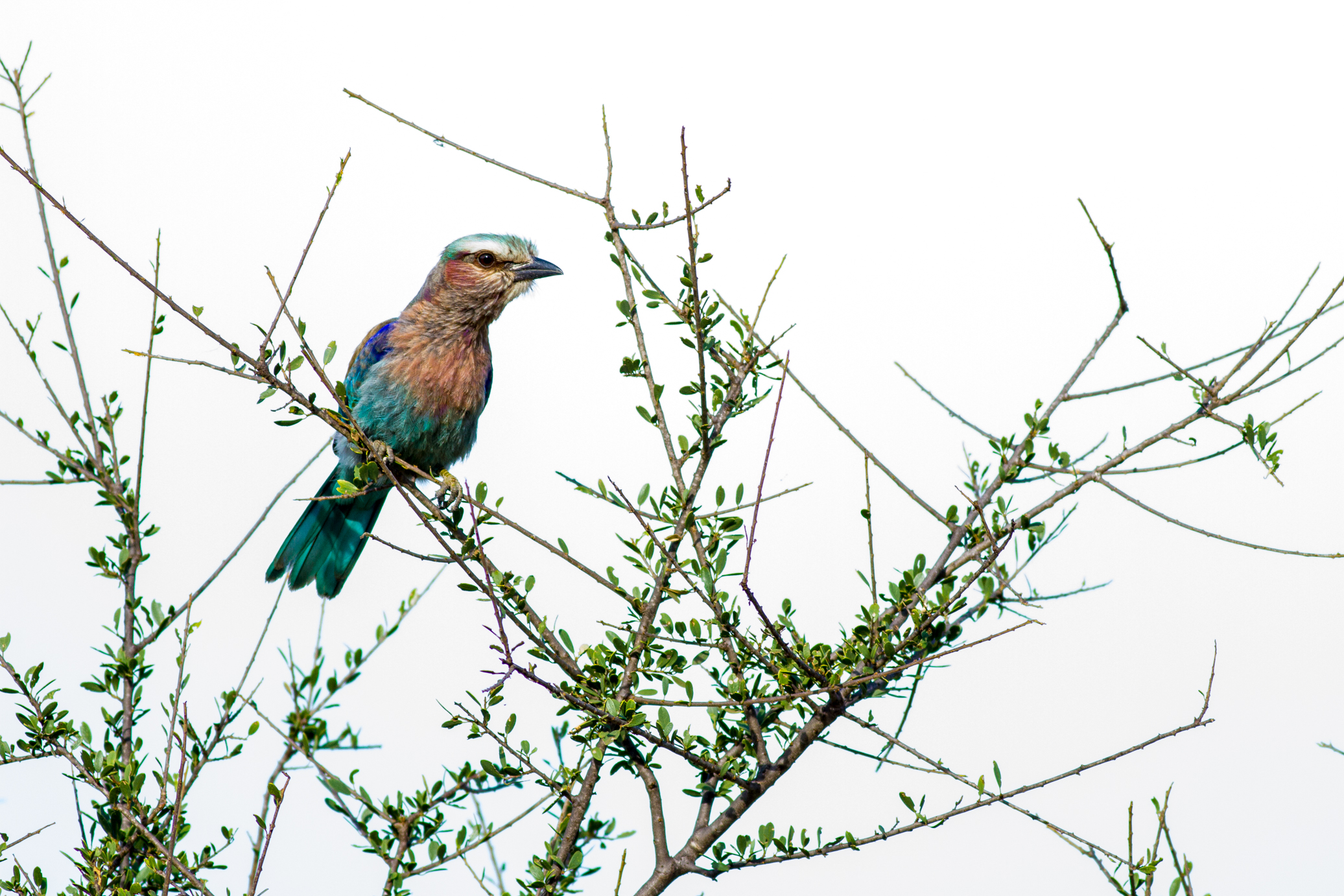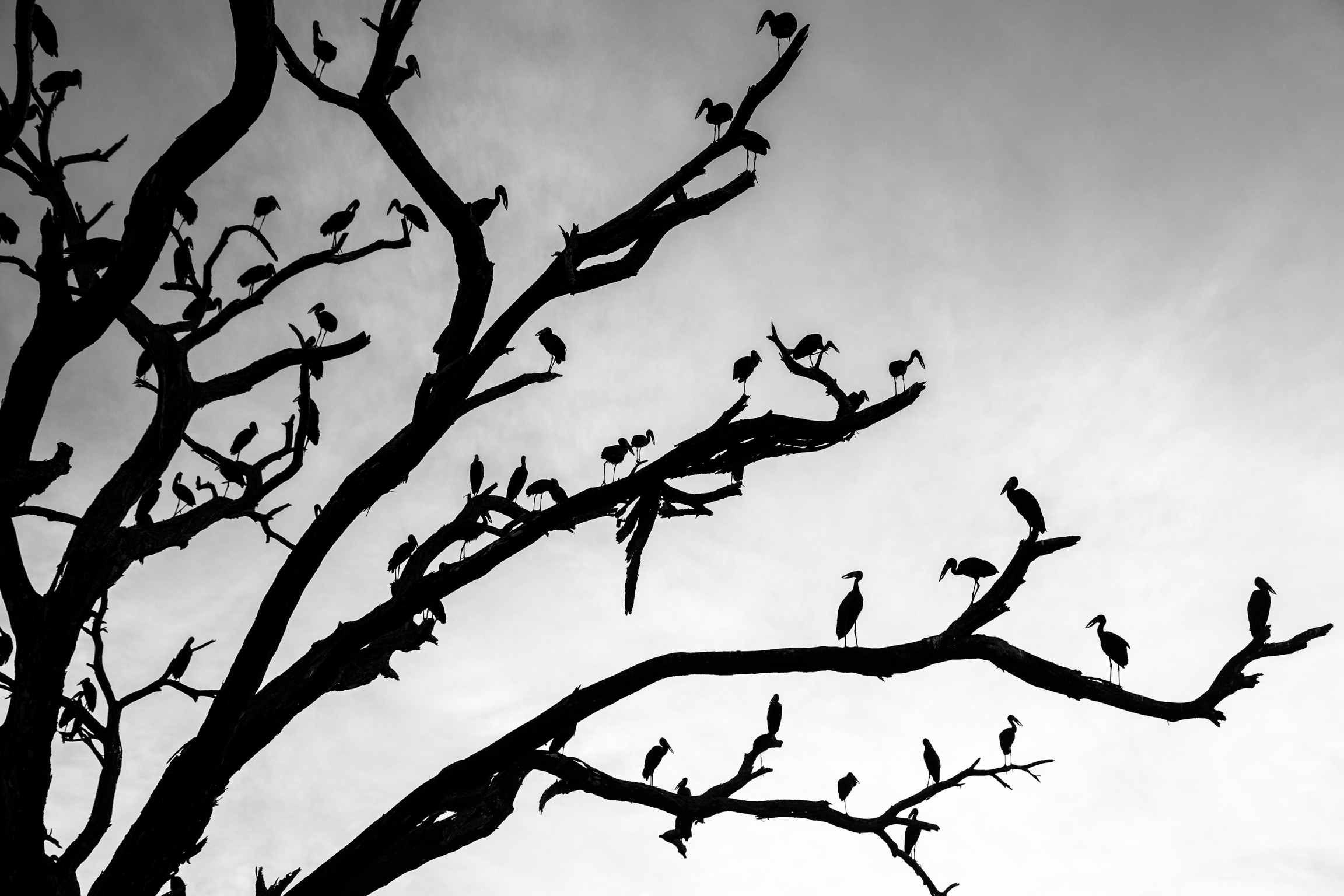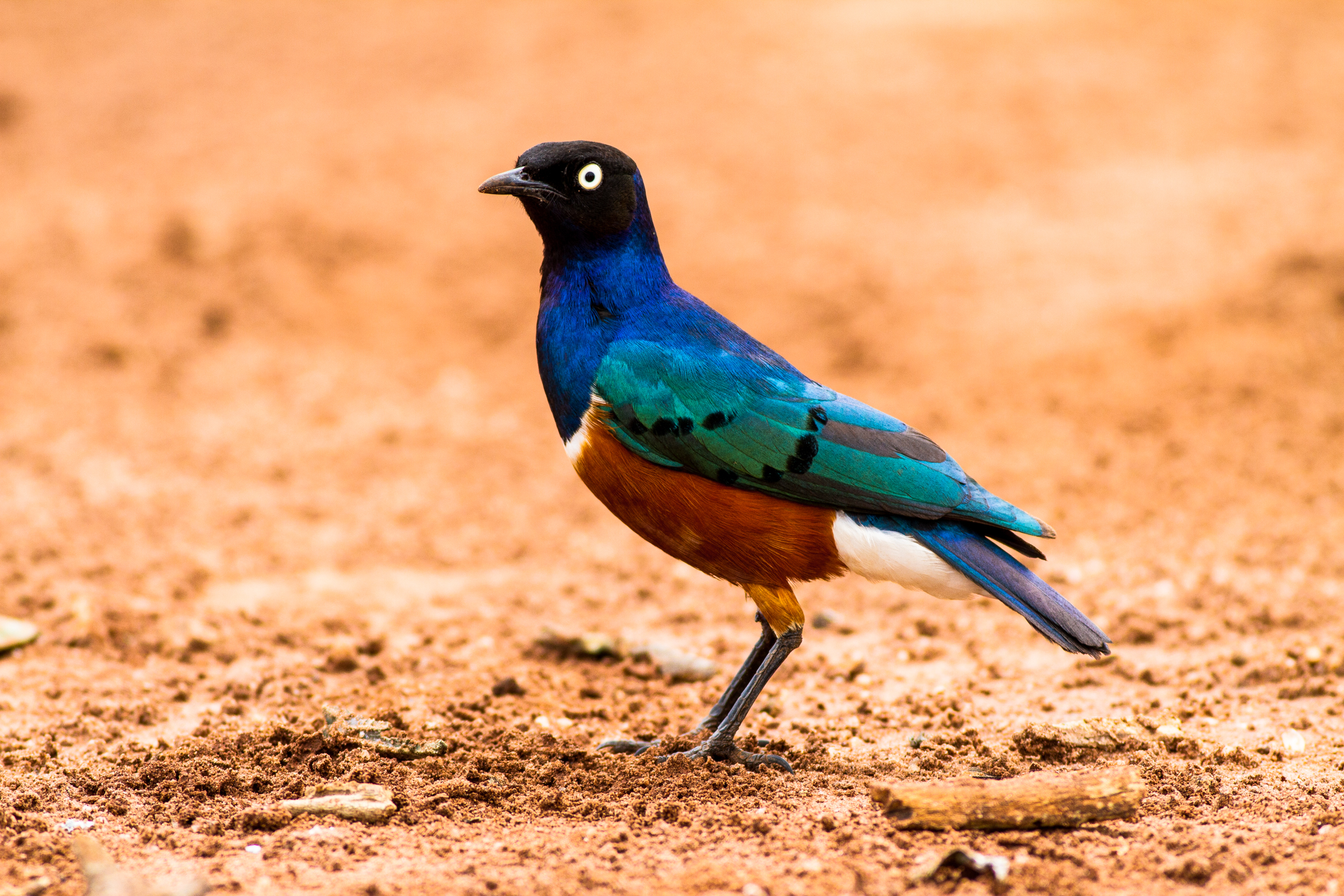Tanzania’s Bird Life: Birds of Tarangire
Peer into a backyard hedge and you’ll most likely see some, stare into the deep blue sky and it’s a given that one will pass by, gaze out across savannah grasslands and it’s a rare moment when one won’t be visible. The fluttering wings and sing-song voices of birds are a constant wherever you go in Tanzania. And although the majority of visitors come for the mammals, this is a country with such an exceptional avian population that even those who’ve never given their back garden sparrows a moments notice before won’t fail to become captivated by the flying rainbows of Tanzania’s bird life.
Exactly how many bird species are to be found here is, as with most countries, a little open to debate. Some species haven’t been seen for years and may or may not be extinct, others are rarely encountered passing migrants, while still others might have been blown here just once by strong winds from other regions. However, most ornithologists (people who study birds) would agree that there are around a thousand different species of birds in Tanzania including twenty-three known endemics (species found nowhere else). In comparison the UK, which has far more detailed bird records stretching much further back in time, has 598 recorded bird species although this includes a large number of birds recorded only once or twice in the UK.
Thanks to a climate that swings between hot and dry for half the year and wet and humid for the other half, plus a wide mixture of habitats incorporating large, permanent swamps with year round water, dry savannahs and areas of woodland, Tarangire National Park is generally considered to offer the best year round bird-watching in Tanzania. Indeed the bird check list for Tarangire notches up a staggering 495 species and it’s said that the swamps that form the heart of this park have the most breeding species in one habitat of anywhere in the world. Perhaps the best time for birders to visit is between November and April when masses of migratory birds arrive (though during the last half of this period heavy rain can make getting about the park challenging at times and many of the parks famed mammals migrate out of Tarangire at this time).
At both Oliver’s Campand Little Oliver’sexpert birding guides will help turn anyone onto the joys of twitching. Here we showcase a few of the more commonly seen birds in the park.
Yellow necked spurfowl
The Yellow necked spurfowl (Pternistis leucoscepus; also known as the yellow necked francolin) is one of the more audible birds of Tarangire and seems to take sadistic pleasure in sitting outside your tent at dawn and letting forth a piercing, scratchy and apparently never ending call. Although it might not look like it this bird, which is common and widespread throughout much of East Africa, is actually a member of the pheasant family.
Northern white crowned shrike
The Northern white crowned shrike (Eurocephalus rueppelli or white-rumped shrike) is an insect eater that can often be seen perched on branches or the backs of large mammals scanning the ground for insects. The shrike builds a cup like nest out of spider webs and grass and its thought that it might be a cooperative breeder, which means that babies are brought up not just by the parents but by additional group members.
Black necked weaver
An acacia tree festooned in intricately sewn weaver bird nests is one of the classic images of East Africa. There are numerous species of weaver in Africa (they’re also found in parts of Asia) including the red-billed quelea, which is thought to be the most numerous wild bird on Earth. Weavers are best known though for their incredible nests, which in the case of many weavers are literally woven together from grasses and, in the case of some species including the black necked weaver (Ploceus nigricollis) shown here, is a conical shaped nest with a long, downward facing entrance tunnel.
White faced whistling duck
The white face whistling duck (Dendrocygna viduata) is a common, noisy and gregarious species that at times can occur in huge flocks. Its distribution patterns are interesting because it’s found only in eastern and southern Africa and South America though as yet nobody is really sure how it managed to originally travel from one to the other (a helping human hand has been suggested).
Red billed hornbill
The red billed hornbill (Tockus ruahae) is frequently encountered in Tarangire and though a reasonably big bird (around 42cm in length) it’s one of the smaller hornbills (and lacks the obvious casque atop its bill that many other hornbills have). They nest in holes in trees and, after the female is installed on the nest, the pair seal up the hole using mud, fruit pulp and droppings, which helps predator proof the nest. They leave just enough of a hole for the male to be able to pass food into his mate and the young birds. As the chicks grow, and space becomes tighter, the female breaks out and then they reseal the hole and continue to feed the chicks through the small gap.
Pygmy falcon
The diminutive and very pretty Pygmy falcon (Polihierax semitorquatus) is, at just 19-20cm in length the smallest raptor on the continent. It’s so dainty that it lives inside the abandoned nests of white-headed buffalo weavers. One of its favourite foods is small birds though it leaves the weavers it lives among alone.
African marsh harrier
Common throughout eastern and southern Africa near larger bodies of water, the African marsh harrier (Circus ranivorus) is the smallest of all the marsh harriers. Although classed as Least Concern by the IUCN the species is thought to be in decline thanks to loss and destruction of its wetland habitat.
Woodland kingfisher
The large, striking and common woodland kingfisher (Halcyon senegalensis) is found throughout much of sub-Saharan Africa. In Tanzania it’s a permanent resident, but populations in the northern and southern limits of the birds range migrate to and from central and eastern Africa with the rains. They can be aggressively territorial and have even been known to attack humans!
Black headed heron
The black headed heron (Ardea melanocephala) is a large bird that can stand up to 85cm and have a wingspan of a metre and a half. It’s normally found close to water where it remains statue still until a fish, frog or some other suitable snack swims past at which point the heron stabs its prey at lightening speeds with its sharp beak.
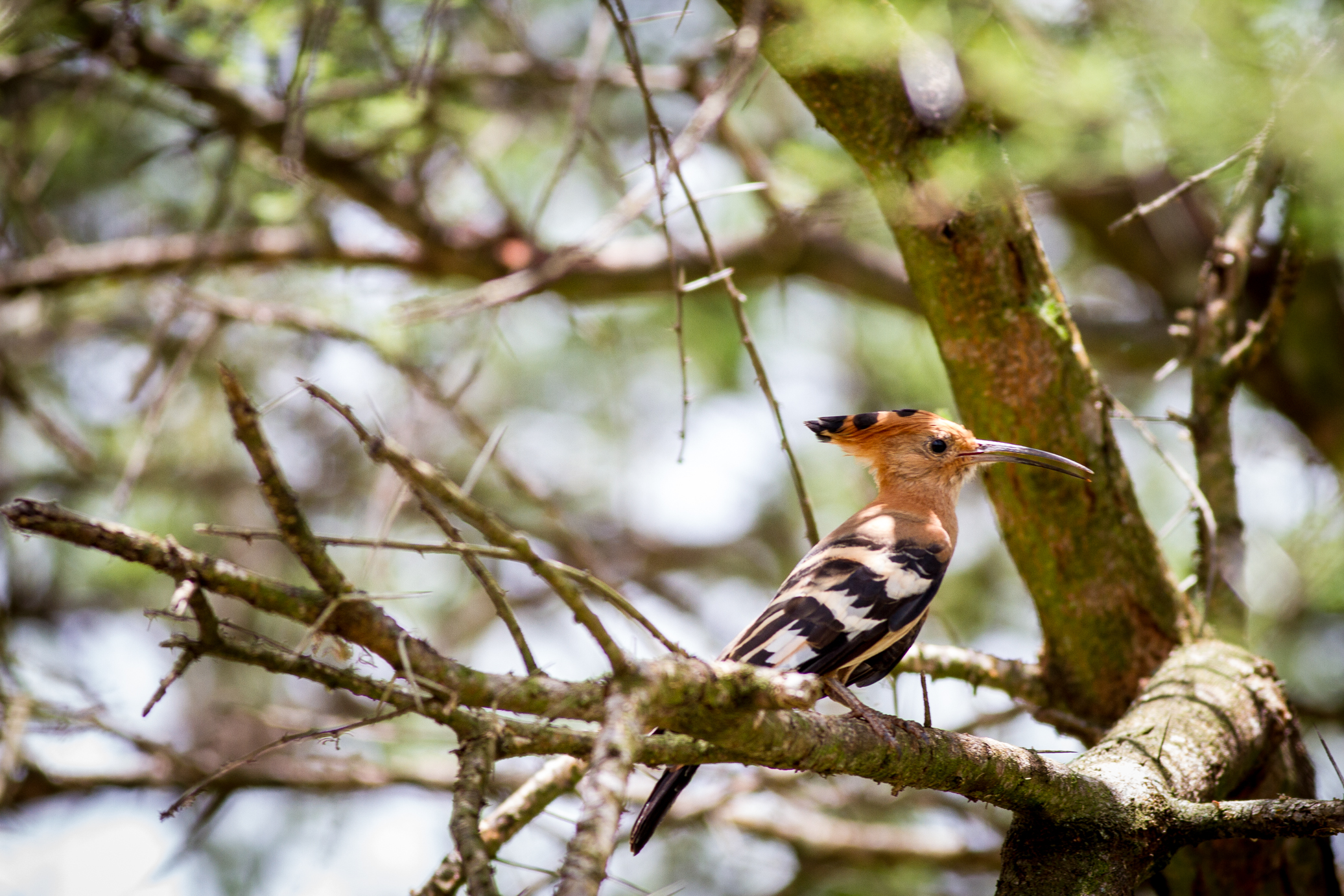
African Hoopoe
With its distinctive colouration and large crest of feathers on its head, the hoopoe (Upupa epops) is an unmistakable bird. It’s perhaps for this reason that hoopoes feature in so many legends, religious texts, folklore and superstitions throughout much of its African and European range. The hoopoe was considered sacred in Ancient Egypt and is depicted on the walls of Egyptian temples, it was a hoopoe that was said to have brought news of the Queen of Sheba to King Solomon and it was a hoopoe that Islamic tradition says saved Moses and the children if Israel from being crushed by a giant Og (don’t ask us for a photo or description of one of these though!) after they’d crossed the Red Sea. In much of Europe hoopoes are considered the bearers of bad luck and to be thieves, in Scandinavia they bring war with them and in Estonia they foretell death, but in ancient Persia they were considered a symbol of virtue and in Ancient Greece they were thought of as the King of birds.
Yellow billed stork
The large and attractive yellow billed stork (Mycteria ibis) is common along the riverbanks and ponds of Tarangire where they hunt for fish by moving their feet rapidly in the silty bottom mud in order to disturb any hiding fish or crustaceans, which they snap up in one fast swipe of their bill.
Lilac breasted roller
The bright and bold Lilac breasted roller (Coracias caudatus) is an unmistakable bird commonly seen perched on tree stumps and branches. It feeds on insects, scorpions, lizards and even snails. When nesting the pair will aggressively defend their nest against much larger creatures (including people). It’s the national bird of Kenya.
Open-bill stork
As its name suggests the open-bill stork (Anastomus lamelligerus) has a very distinctive bill that doesn’t appear to close properly. They use this bill to help them pry open the shellfish they feed on. In Tarangire they roost in huge numbers in one or two dead trees on the edge of the swamps.
Ostrich
Everybody knows what an ostrich (Struthio camelus) looks like and in Tarangire visitors will get to see lots of them. Huge and very powerful, ostriches are the largest living birds. They can weigh up to 145kg and males can be anywhere from 2.10 metres to 2.60 metres tall. Totally flightless they can though run at speeds of up to 70km/h, which makes them the worlds fastest two legged animal. They can be aggressive and they have a kick and a peck powerful enough to break bones. They lay the largest eggs of all birds. Contrary to popular belief they don’t bury their head in the sand when frightened. In this picture the ostrich is taking a sand bath in order to remove dead skin and ticks and other insects.
Superb starling
Arguably the most beautifully coloured of all the birds in Tarangire National Park, the superb starling (Lamprotornis superbus) is a favourite with all safari-goers on account of a coat of colours that would make Joesph and His Amazing Technicolour Dream Coat jealous. It’s also a very curious and intelligent bird that shows little fear of humans. In some areas (though not at Oliver’s Camp where we discourage such behaviour) it can become so tame that it will sit at the edge of a table picking off crumbs of food you might drop.
Want to join us and enjoy the birding opportunities of the Tarangire for yourself at ourOliver’s Camp & Little Oliver’s camps? Get in touch with your trusted travel agent or make an enquiry with us below.
The post Tanzania’s Bird Life: Birds of Tarangire appeared first on Asilia Africa.
More Experiences Articles

Experience A Slow Safari
26 July 2019By Anwynn Louw – Digital Marketing Assistant The Art of Slow Travel – “Slow T...

BBC One: Serengeti – The Elephant
25 July 2019By Britta Foulis – Content Marketing Manager BBC One’s latest mi...

Four Great Locations For A Family Reunion Safari In East Africa
19 July 2019By Anwynn Louw – Digital Marketing Assistant Planning a multigenerational saf...

BBC One: Serengeti – The Baboon
17 July 2019By Britta Foulis – Content Marketing Manager BBC One‘s latest mi...
